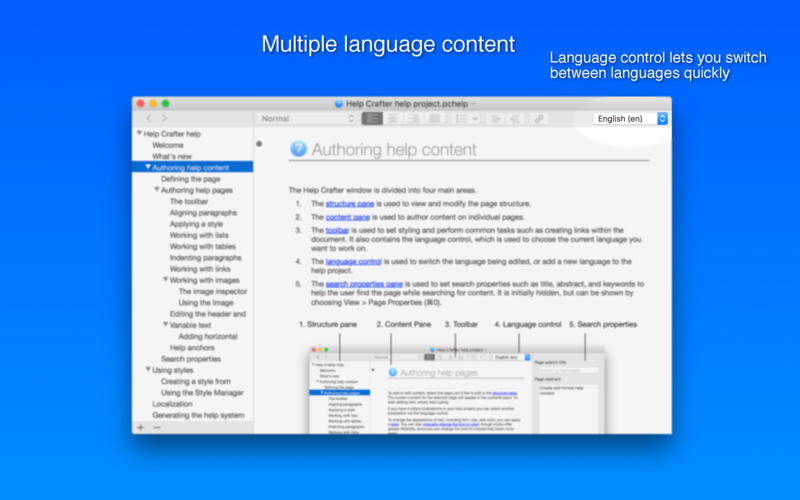

It is vital that you practice restoration from snapshots created on the cluster to correctly determine Recovery Time Objective. When using Amazon Redshift, your RTO is determined by the node type you are using, how many of those nodes you have, and the size of the data they store. When you have recovered, to what point in time will the system be consistent? How long does it take to recover from disaster recovery scenario? When creating cluster backups for a production system, you must carefully consider two dimensions: (For an overview of how to build systems that use disaster recovery best practices, see the AWS white paper Using AWS for Disaster Recovery.) You can restore manual snapshots into new clusters at any time, or you can use them to do table restores, without having to use any third-party backup/recovery software. Snapshots are incremental, so they only store the changes made since the last snapshot was taken, and are very space efficient. You can also convert these automatic snapshots to ‘manual’, which means they are kept forever. A cluster is automatically backed up to Amazon S3 by default, and three automatic snapshots of the cluster are retained for 24 hours. Ian Meyers is a Solutions Architecture Senior Manager with AWSĪmazon Redshift is a fast, fully managed, petabyte-scale data warehouse that makes it simple and cost-effective to analyze all your data using your existing business intelligence tools. Post Syndicated from Ian Meyers original


 0 kommentar(er)
0 kommentar(er)
